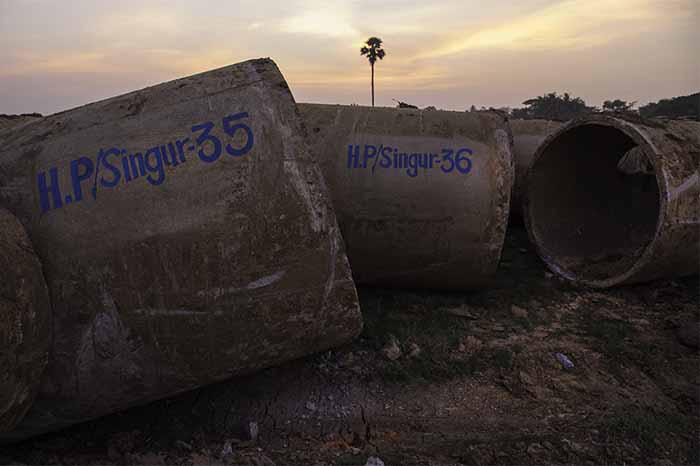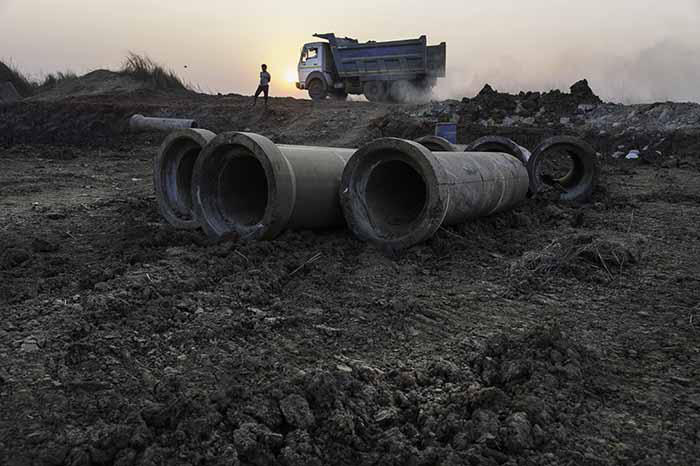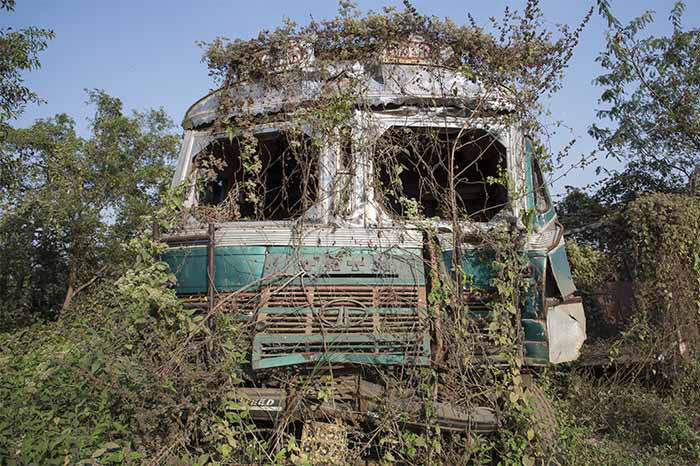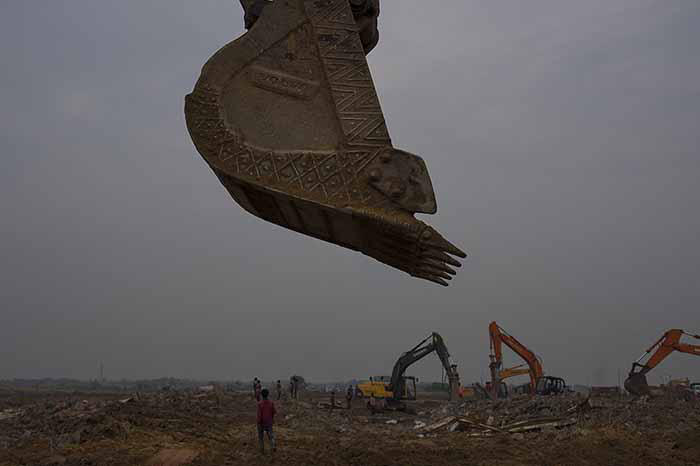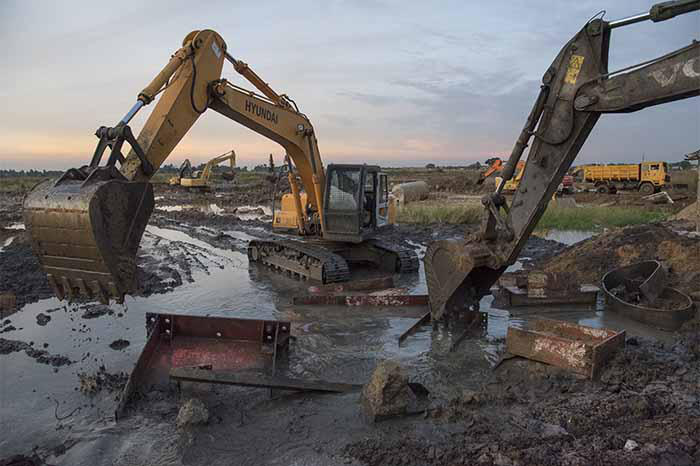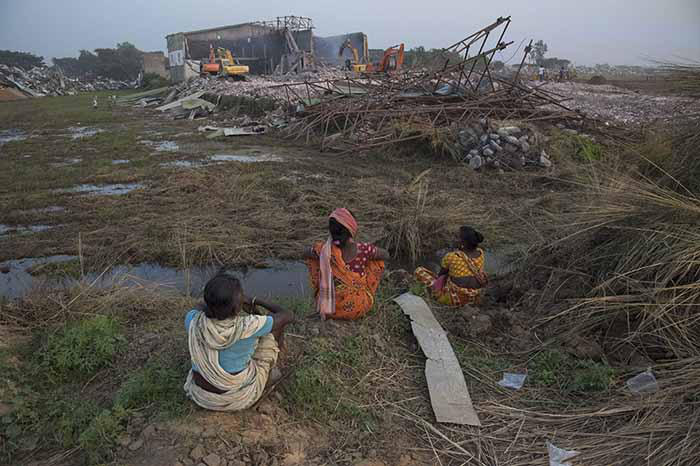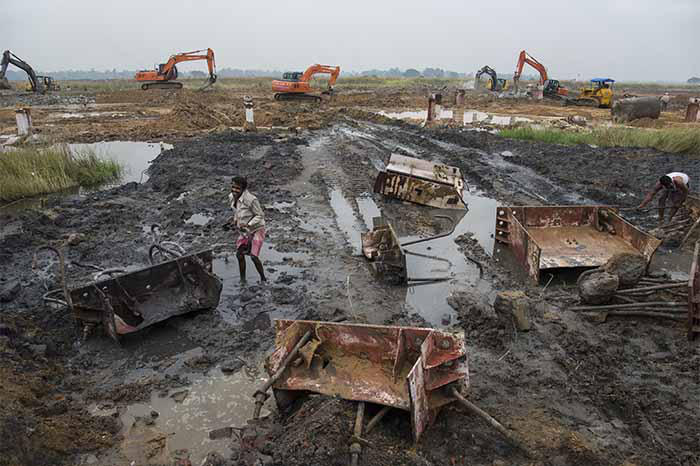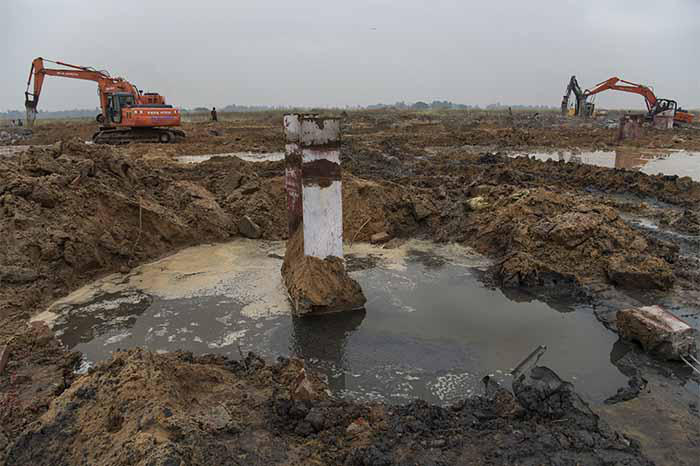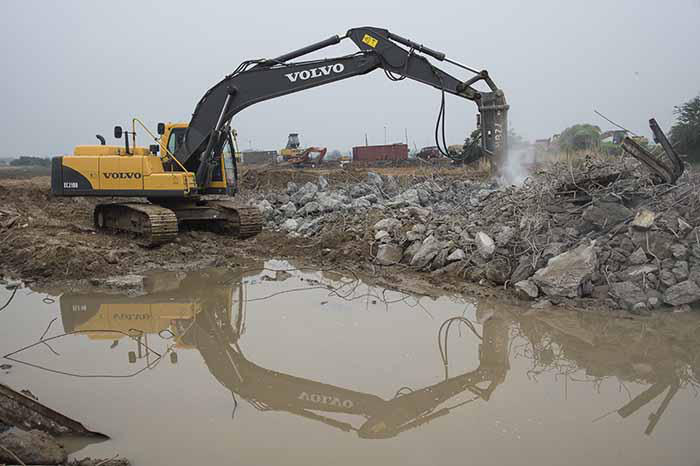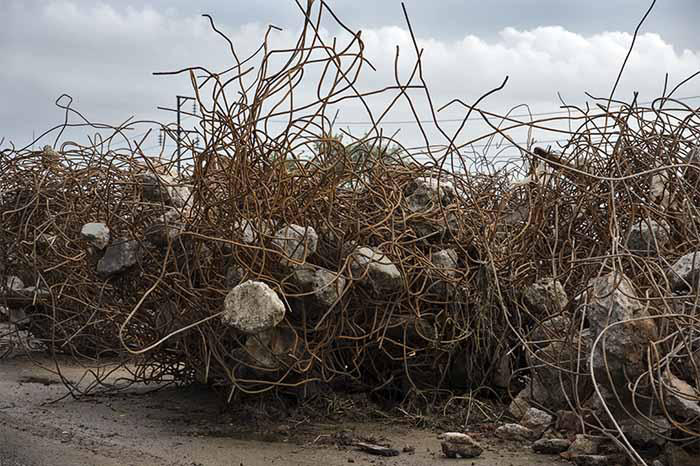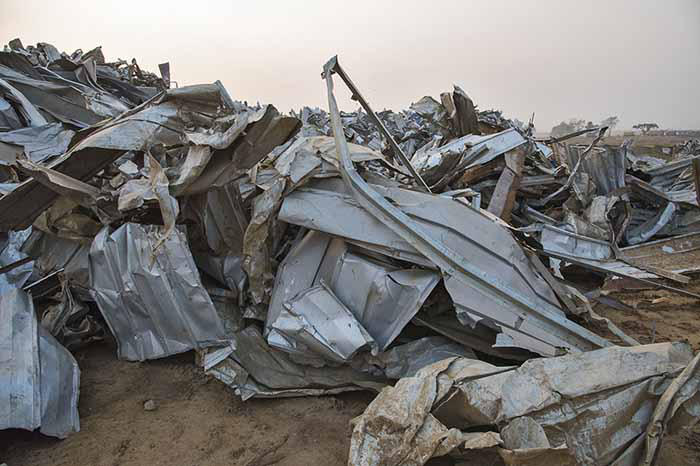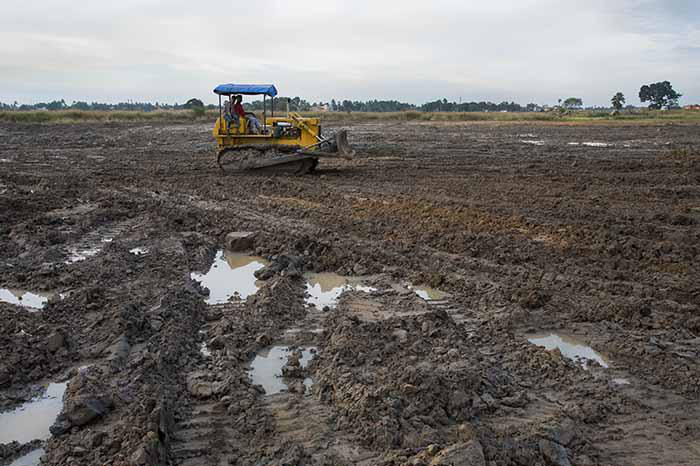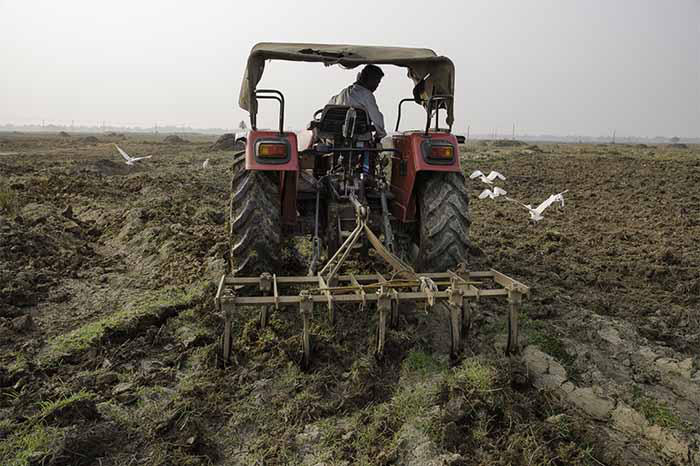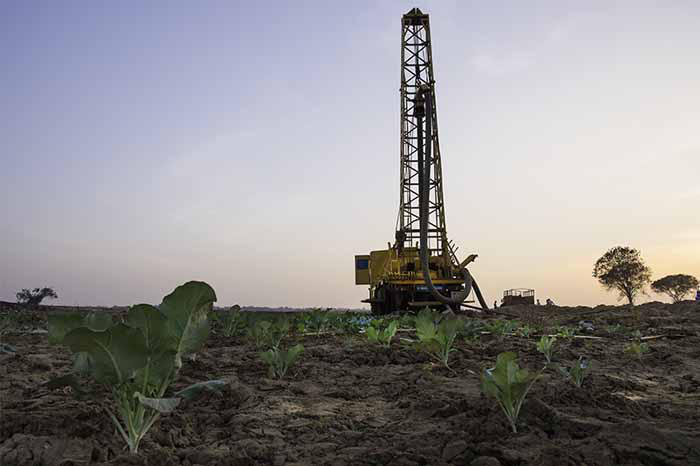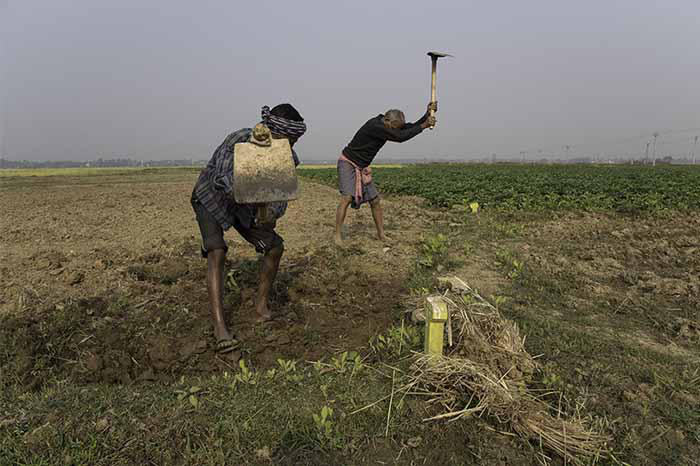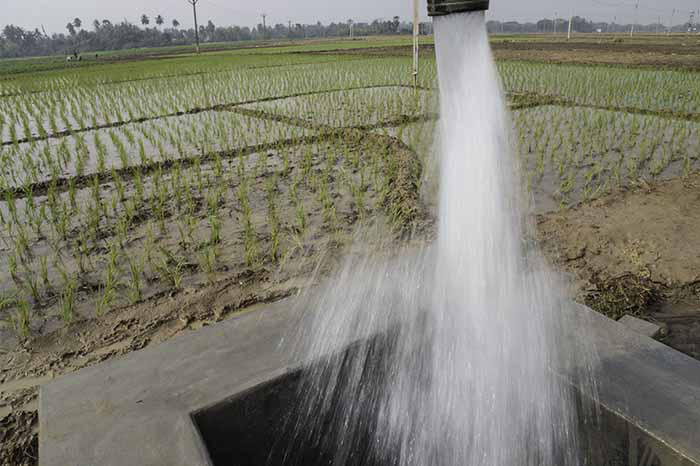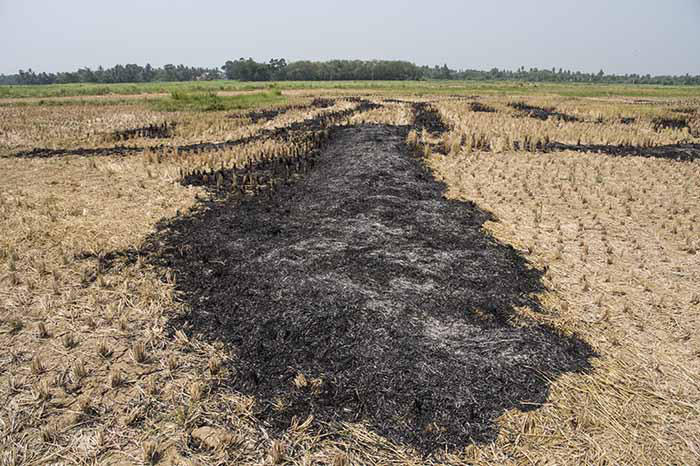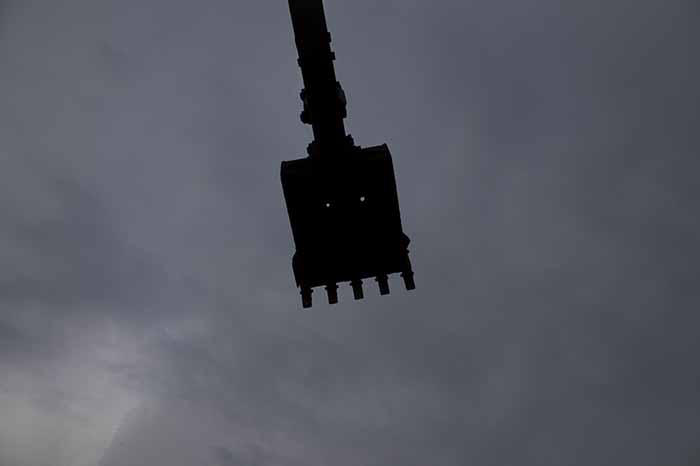

The magazine of the photo-essay

June 2018 issue

“A free, really high quality photo-essay magazine. Fabulous!”
Stephen Fry. British actor, writer and film maker
Taking agricultural land for industrialization has been the dominant narrative of development in the 21st century,
especially in the developing countries. In this context, the story of Singur in West Bengal’s Hooghly district stands as a
striking example in reversing the trend.
It all started in 2007 when a leading Indian car manufacturer was allotted 997 acres of fertile land in Singur by the then
state government to develop a factory that would roll out cars worth $2500. This led to multiple protests, from the
farmers, social activists and NGOs. Eventually these led to a large scale political movement that saw the ruling party
getting toppled over and the car manufacturers clearing out of the disputed land.
In 2016 the Supreme Court asked the state government to return the land to the original owners within 12 weeks.
Following this order, the industrial structures were dismantled piece by piece and by 2017 Singur was back to its
agricultural roots.
However, questions still remain. Is the land cultivable yet? What is the socio-economic impact of this on the farmers?
As a documentary photographer, stories with a different narrative interest me. The story of Singur interested me because
this is a story of an intriguing conflict between different forces of the society – agricultural, industrial, and political. Being
someone who lives pretty close to the place I ended up visiting Singur numerous times and captured the drastic changes
that these stream of events has brought to this land and the people who live there.
by Gourab Guha
Transformation:
from industry to agriculture
The remarkable story of Singur
